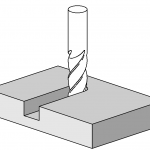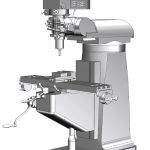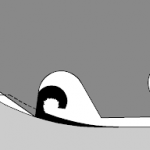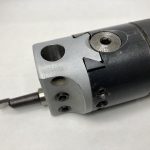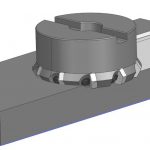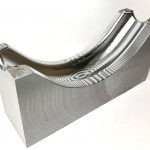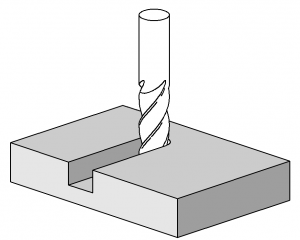
Machining is a class of manufacturing processes that change the shape of a workpiece by removing metal by the use of machine tools. Examples of traditional machining operations include milling, drilling, turning, and sawing.
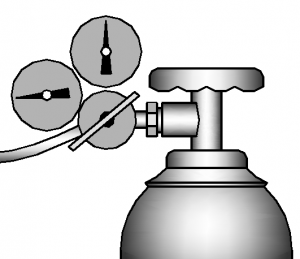
Thermal separating uses heat to melt, vaporize, or otherwise remove material. Examples include oxyfuel gas cutting, plasma cutting, and laser cutting.
Chemical machining, also known as chemical milling or chem-milling, is a subtractive manufacturing process that involves the controlled removal of material from the surface of a workpiece using chemical reactions. This process is typically used for materials that are difficult to machine using traditional mechanical methods due to their hardness, brittleness, or complex shapes. Here's...
Machining is a class of manufacturing processes that change the shape of a workpiece by removing metal...
Machine tools are a fundamental cornerstone of modern manufacturing and engineering, playing a pivotal...
The correct selection of tools, workholding, cutting parameters, and milling techniques can significantly...
In climb milling the rotation of the tool pulls the work off of the lead screw.
Climb milling and...
Left-hand and right-hand end mills can be classified based on two factors: the cutter's direction of...
Boring is a machining process used to enlarge an existing hole to a precise diameter and surface finish....
Face milling is a machining process employed in manufacturing and metalworking to create flat surfaces...
Contour milling is a machining process employed to shape and create complex, contoured surfaces on a...
The video discusses the importance of designing fillets and radii on machined parts with a focus on...



